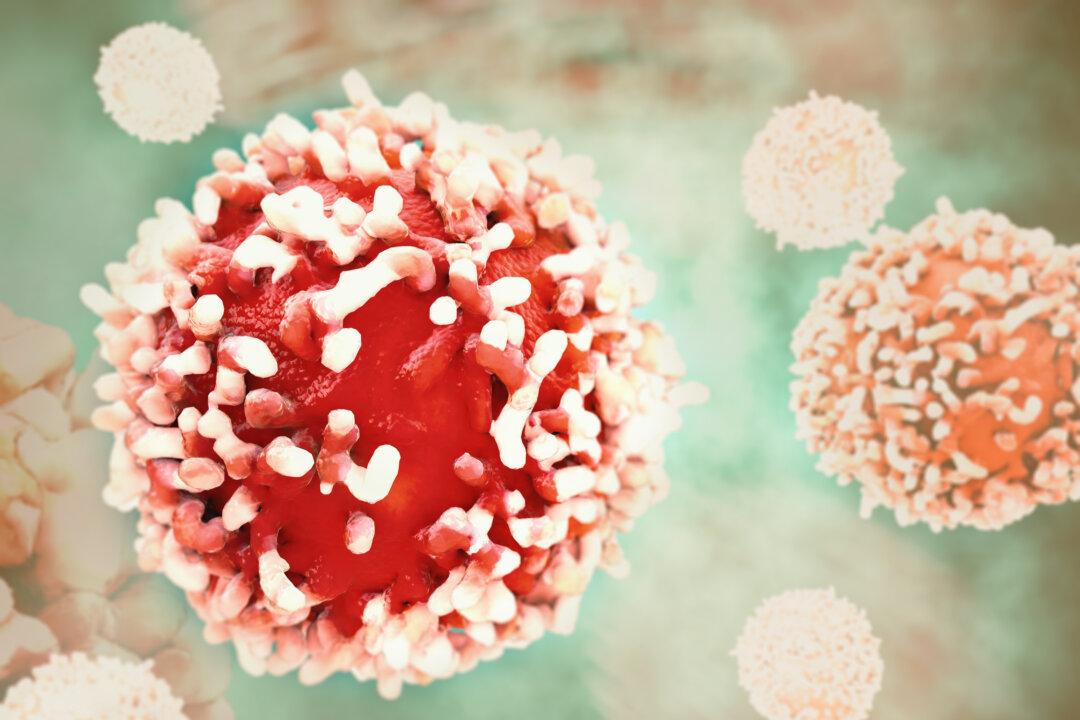Just like how people survive on food, cancer cells survive on sugar.
Around one century ago, Otto Warburg, well-known German physiologist, discovered that cancer cells are addicted to sugar.

Just like how people survive on food, cancer cells survive on sugar.
Around one century ago, Otto Warburg, well-known German physiologist, discovered that cancer cells are addicted to sugar.